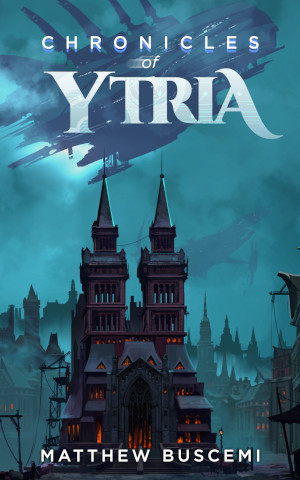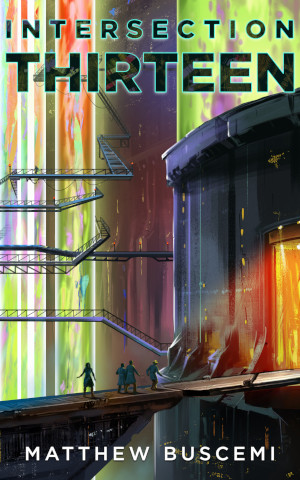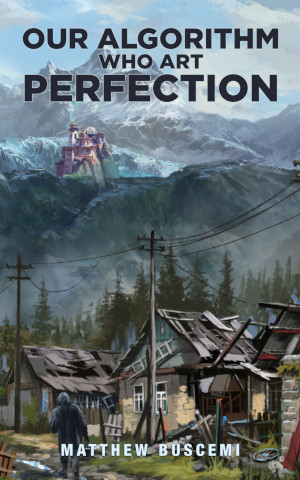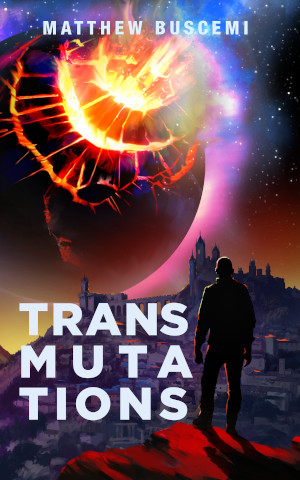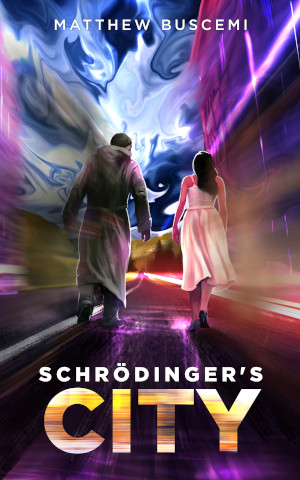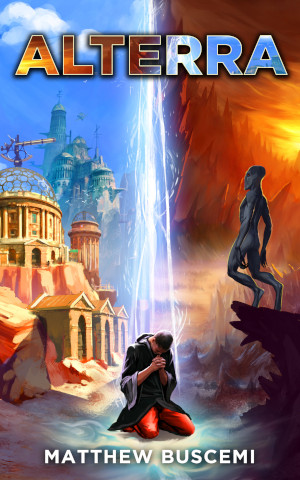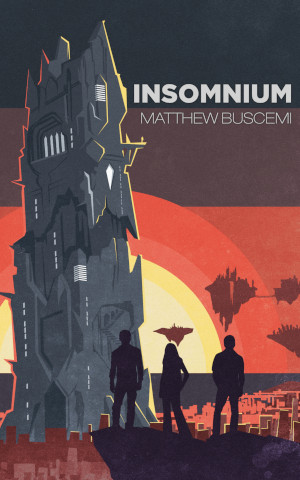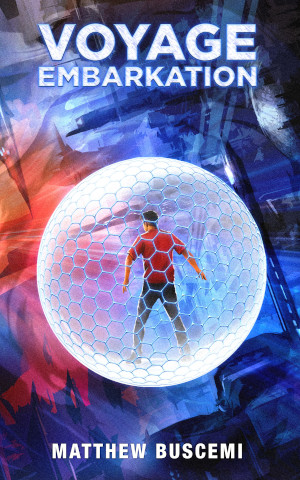A Typology of SF Definitions
Monday, January 31, 2022 at 5:00pm
This post was originally published on a prior version of my blog on January 12, 2019. I have made minor stylistic revisions only.
This is not the post where I will be exploring Andrew Milner’s Locating Science Fiction. I’m still planning on writing up a summary of my thoughts on it, but for this post, I’d like to elaborate on the typology of SF definitions I created in my last post, which I admit was rather ad hoc. It would be good to give that typology some detail.
The Binary Definition
Darko Suvin, Robert Scholes, and Adam Roberts have all presented what I call binary definitions of SF. The definition proposes boundaries that determine whether a given work is SF or not SF. Here is a visual representation of this style of definition:

Of course, such definitions will be susceptible to the critique that they elevate SF above other genres, that they do not allow for hybrid genres, and that they do not allow for a work to contain elements of multiple genres.
The Constructionist Definition
Post-modernism provides a solution to those problems. This leads us to the SF definitions of Damien Broderick and Andrew Milner, which I term constructionist. Here is an illustration to represent a constructionist definition:
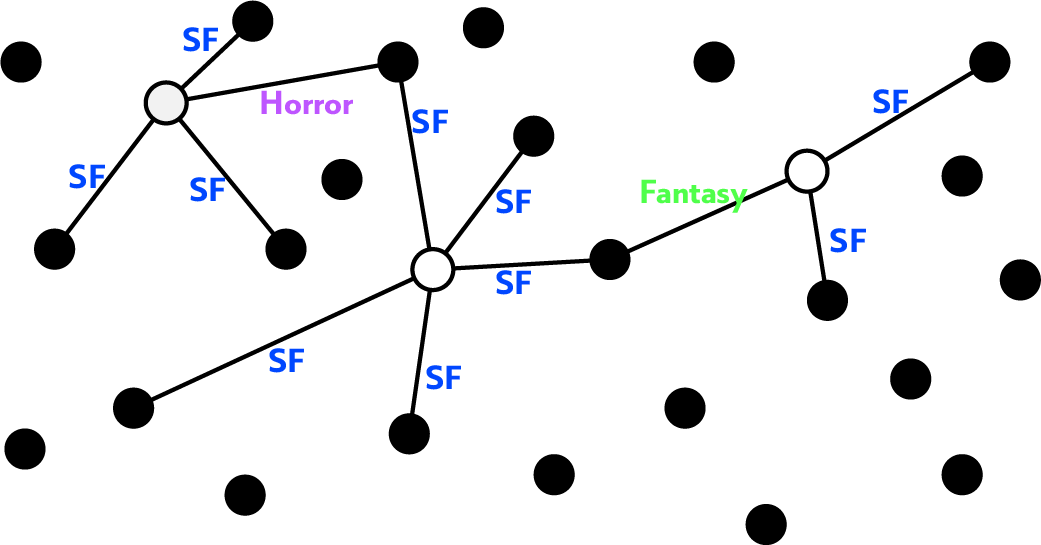
Notice that the field of all eligible works is now the visible universe (rather than just works of literature), and, crucially, SF is not a delimited field containing the works, but rather SF is defined as the connections between works. The connection lines represent instances of an individual identifying a thing as SF (or Fantasy, or Horror). So, if I point at a copy of Wuthering Heights and call it SF, under this definition, it gains some small amount of SF-ness. I could also point at a map of Zimbabwe and call it SF, or a twelve-year-old’s illustration of her pet cat. It doesn’t matter what the thing is. What matters is how individuals identify it.
A constructionist definitions makes hybrid genres and multiple genre identification possible.
The Multivalent Definition
Istvan Csicsery-Ronay Jr. proposes a definition of SF of a type I call multivalent. Rather than a single litmus for SF-ness (ala binary), a multivalent definition proposes many litmuses. The definition therefore allows for SF to exist on a spectrum, as illustrated below.

The multivalent definition is still normative, like the binary definition. However, the multivalent lacks the firm boundaries of a binary definition. Further, it is presumed that related genres project similar fields, and in this way, the spectrums of SF, Fantasy, and Horror can overlap.
My Analysis
I find the binary definitions I have encountered useful in as much as they attempt delineation, and while I agree with the constructionists’ sentiment that the binary delineation is unnaturally limiting, I find that constructionist definitions problematic in that they lack limits. Without any limits, we arrive at the situation where anything can have any meaning, ergo nothing is capable of really meaning anything.
The multivalent definition neatly avoids both of these problems. Works can be SF, not-SF, but also partially SF or somewhere between SF and other genres. A critic might argue that the delineation of many vectors or “beauties” makes such a definition overly complex, and therefore more troublesome than it’s worth.
Next Steps
I’ll be searching out reviews of Istvan Csicsery-Ronay Jr.’s The Seven Beauties of Science Fiction soon, so that I can see what critiques of this approach have already been made. In the meantime, I’ll be finishing up Andrew Milner’s Locating Science Fiction.
